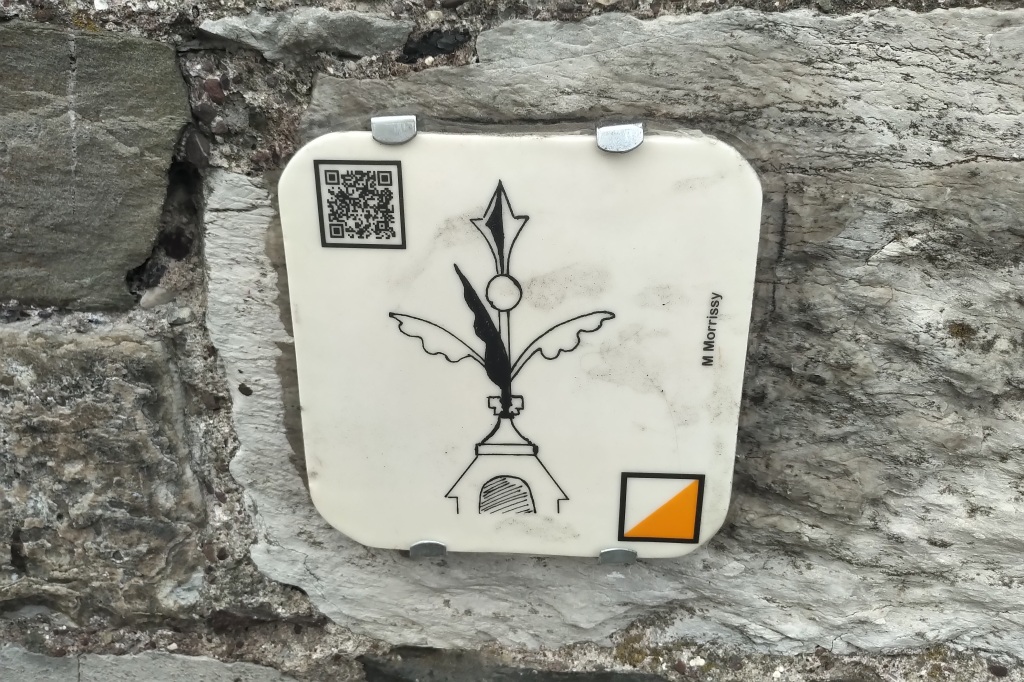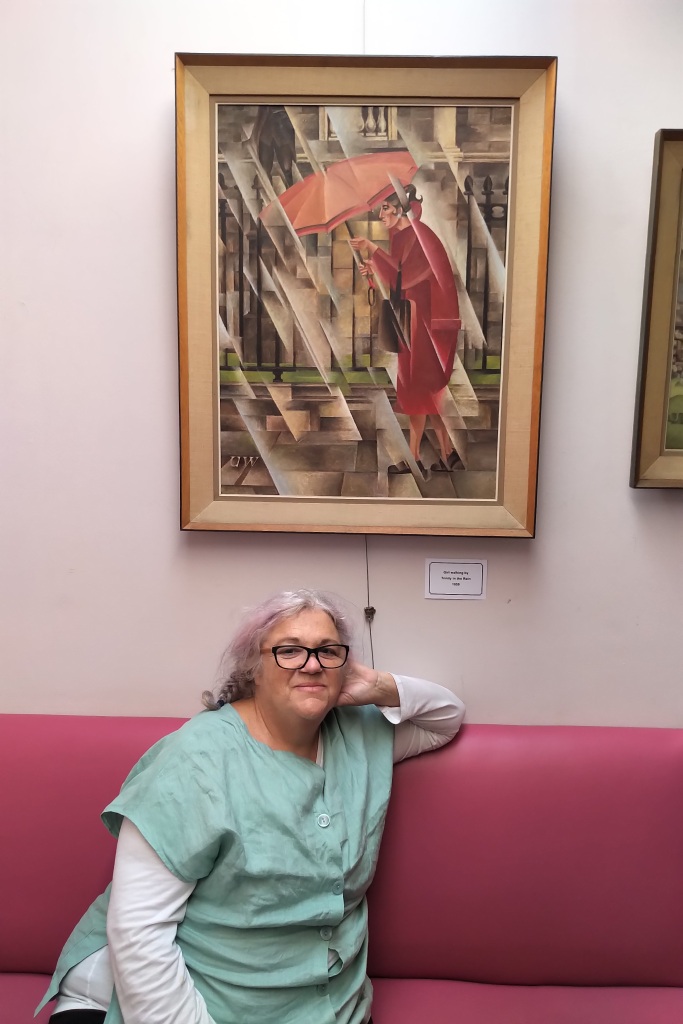
I am in the midst of a fresh round of sending out a newly-minted manuscript to the few publishers who will accept unsolicited work. This is the most joyless part of the writing process, particularly if, like me, you don’t have literary representation i.e. an agent. In these beleaguered times, it’s as hard – if not harder – to get an agent than it is to find a publisher. And you discover there’s a reason why being a literary agent is a full-time job. It is a full-time job.
The agent-less writer loses a great deal of writing time juggling with the bureaucratic demands of the literary world, trying to decipher and comply with all the different requirements of publishing houses running open submissions. Full manuscript or excerpt? Long extract, short extract? Tell-all synopsis with blow-by-blow account of the action, or bare bones of the plot? Reveal spoilers? Or not? Full pitch document, or one-line elevator pitch?
It’s a whole new language to learn.
And if you’re applying to agents, it seems that often they’re asking you to do their job for them. Who is your reader, how would you market your book, what other books is it like? (None, you hope.) Didn’t I write the bloody thing, you want to shout, isn’t that enough? But the answer is no.
And this is just the sending-out stage. At the other end of the process is rejection. And so dire is the state of affairs that you get to value a rejection because it means someone has actually read the MS. In the main, the more frequent response is zilch, nada, a deafening silence. (There are honourable exceptions to this trend, but they are few and far between.)
Is there any other business that treats its clients, its “producers”, so very badly? I doubt it.
But I didn’t mean to launch into such a full-throated howl about the woes of the literary world. Because in the midst of this dismal process, I got some good news. Unsolicited good news of an artistic nature.
How rare is that?
The only surprise is that it had nothing to do with writing.
Early in summer 2021, Cork City Council ran a community-based art competition encouraging people to explore the South Parish and Marsh areas of the city. The idea was to invite the public to submit drawings that captured the area’s unique architectural features. Eight winning drawings were selected to be used as permanent markers for a guided route and these were printed on handmade tiles made by ceramicist Bernadette Tuite. – https://bernadettetuite.com
The council arranged walking tours of the area in advance of the competition and I went on one of these and decided to throw my hat into the ring. I chose to draw a decorative finial on the front gable roof of the Mardyke Bar on Sheares Street – a small winged feature that most casual visitors might miss. You have to look up to see it!
In my youth I did some drawing and painting, but in the intervening years I’ve spent more time looking at art rather than doing it. My design was chosen as one of the winners, and now it sits – at knee height – on the corner of Anne Street, with a bar code you can use to find out more information about the building and the area. The chosen route has eight stops and celebrates the smaller details of historic urban architecture including wrought iron railings, sash windows, intricate stone carvings and fanlights. (Other tile markers are placed at Nano Nagle Place, James Street, the Red Abbey, Wandersford Quay, the Mercy Hospital among other locations.) For further information go to Marsh and South Parish Orienteering Project on http://www.corkcity.ie
Although I’ve always enjoyed the process of writing, I realise, as I get older, how exhausting the associated activities around it are. I’ve been writing for 48 years, and published for 36 albeit with some long gaps between books, so this is not a hobby, not a career (if you’re to measure a career by the level of monetary award), it’s really closer to a life investment. And like any investment, you’re eternally vigilant about it. There is a constant pacing of yourself and your creative energy against the march of time and the march of fashion in the book business. And business it is.
Doing my little pen and ink sketch was so simple, so uncomplicated in comparison, divorced as it was from all the sensations of extreme application, striving and anxiety I’m so used to in writing. There was no sense of pressure. I did it with no expectation at all.
And the upshot of it is that I now find myself immortalised on a ceramic tile on the corner of Sheares Street and Anne Street in Cork – not bad for a blow-in, and a blow-in from Dublin at that!
My place is assured, in case I never get a blue plaque for the old writing.




